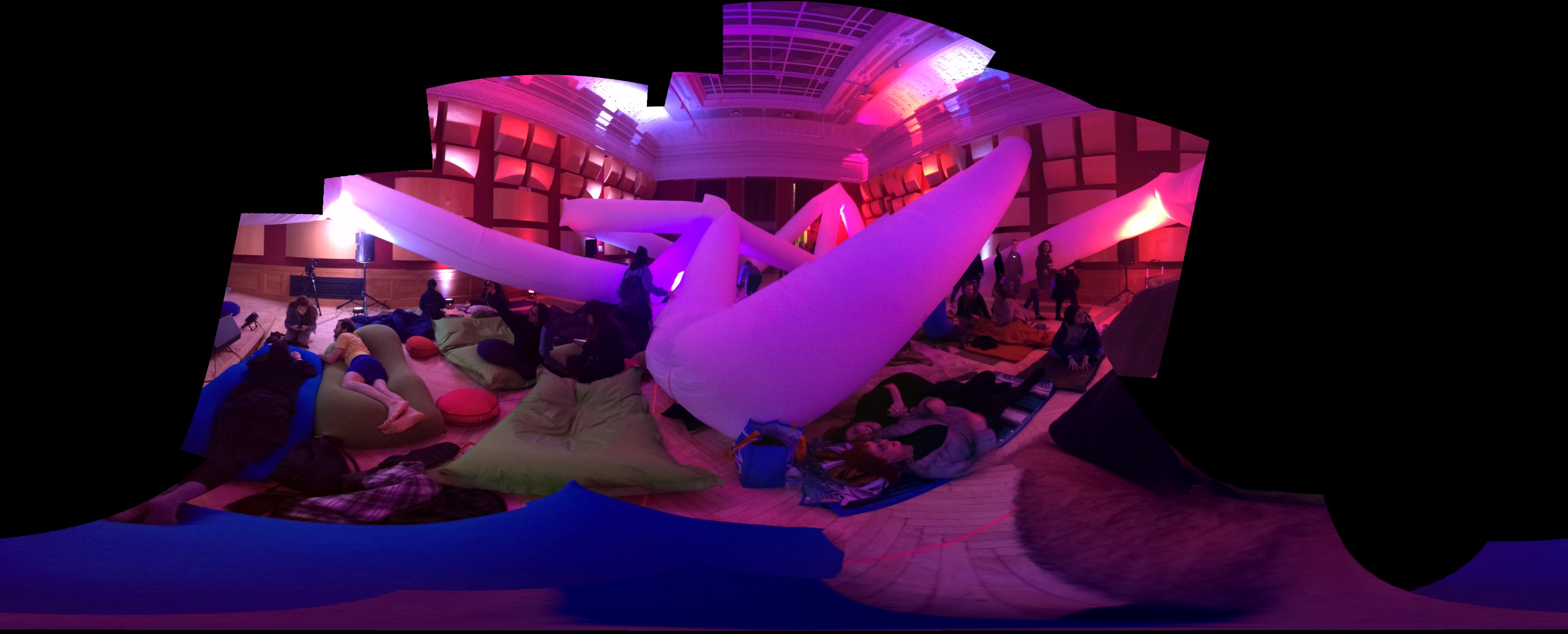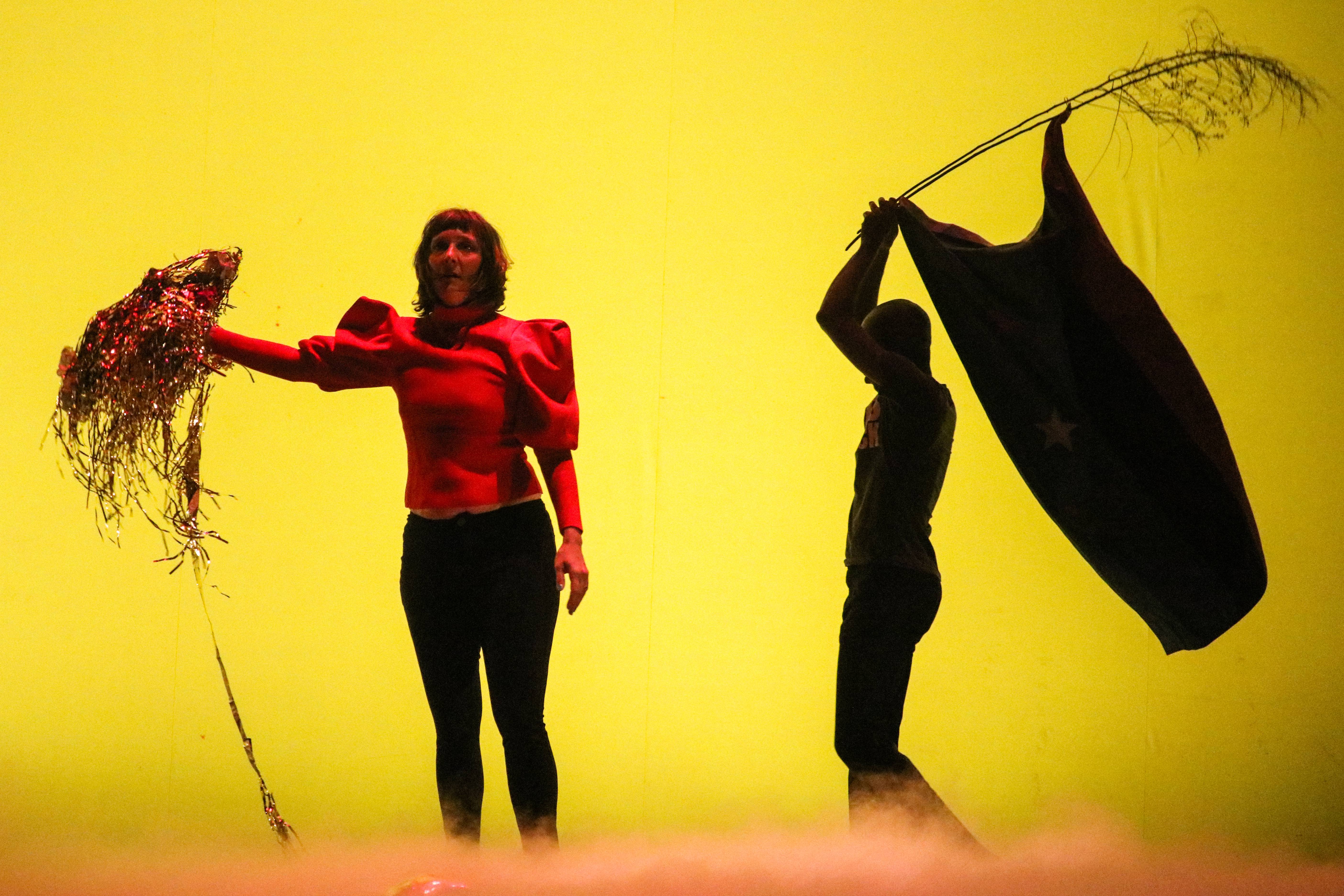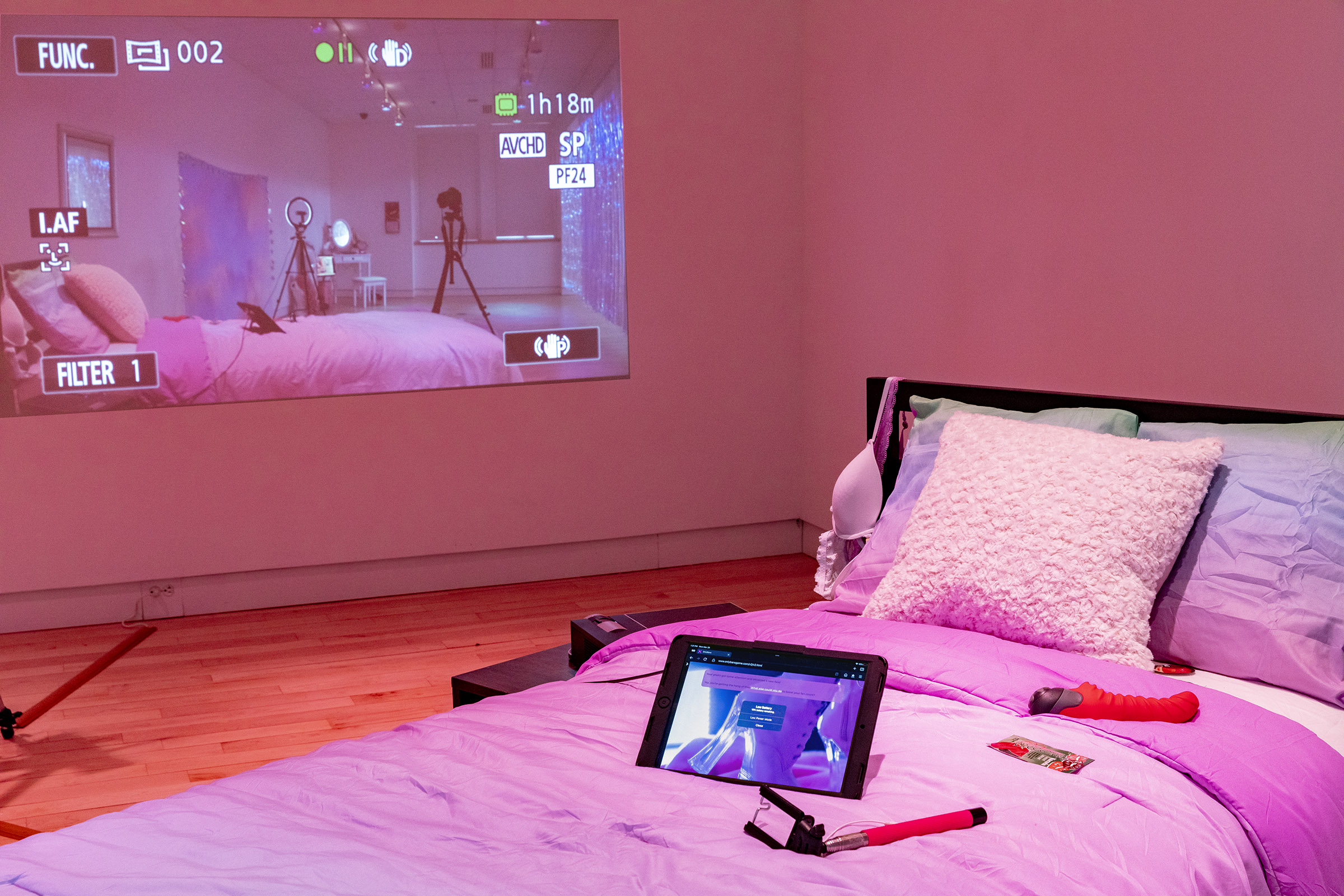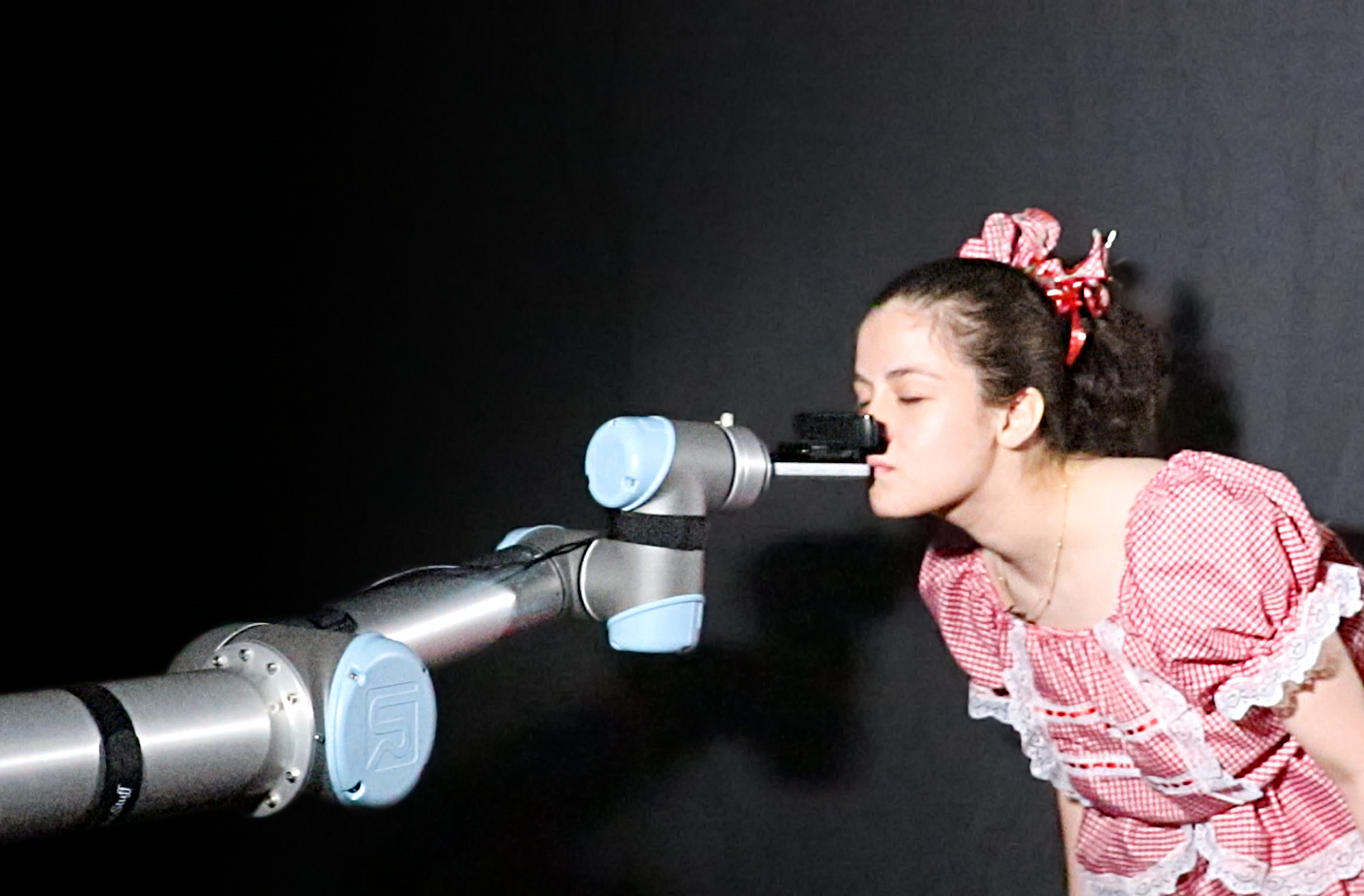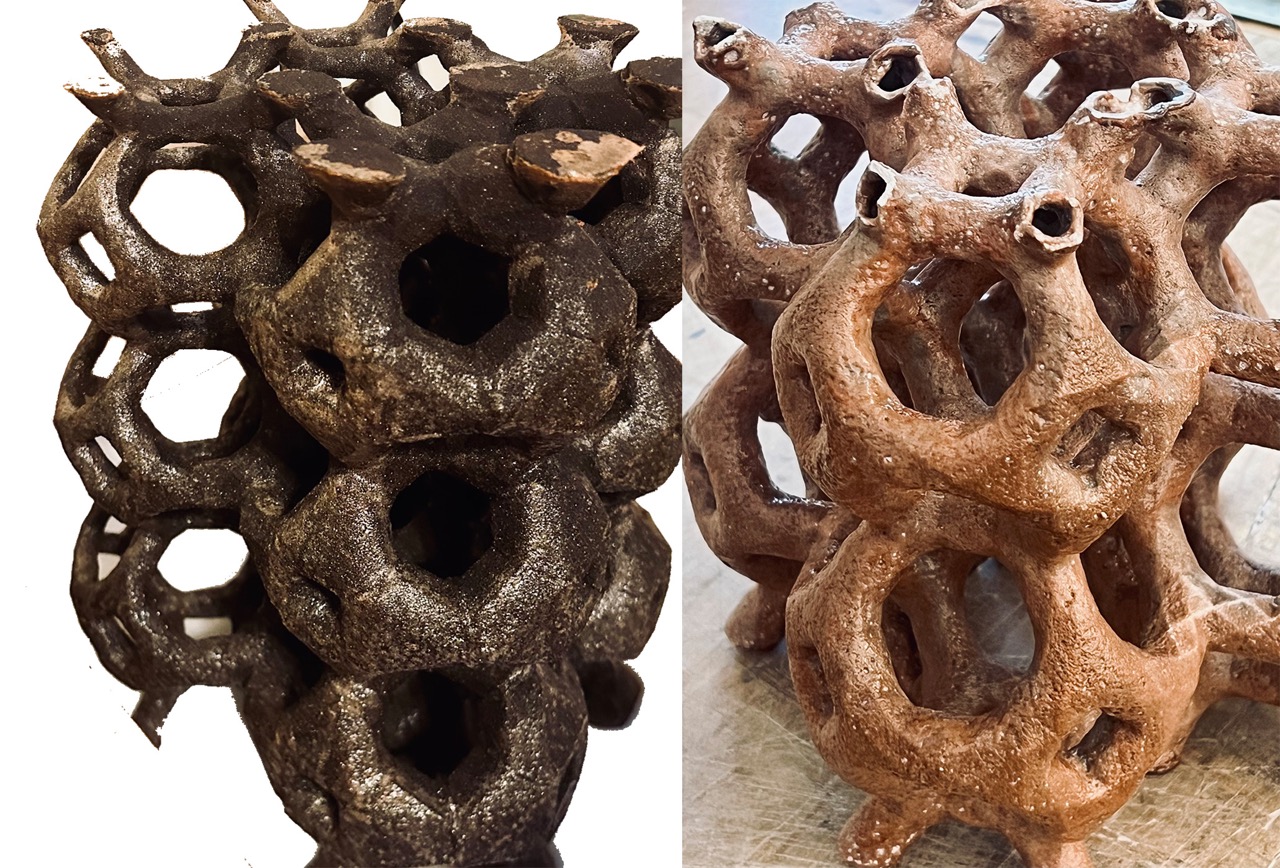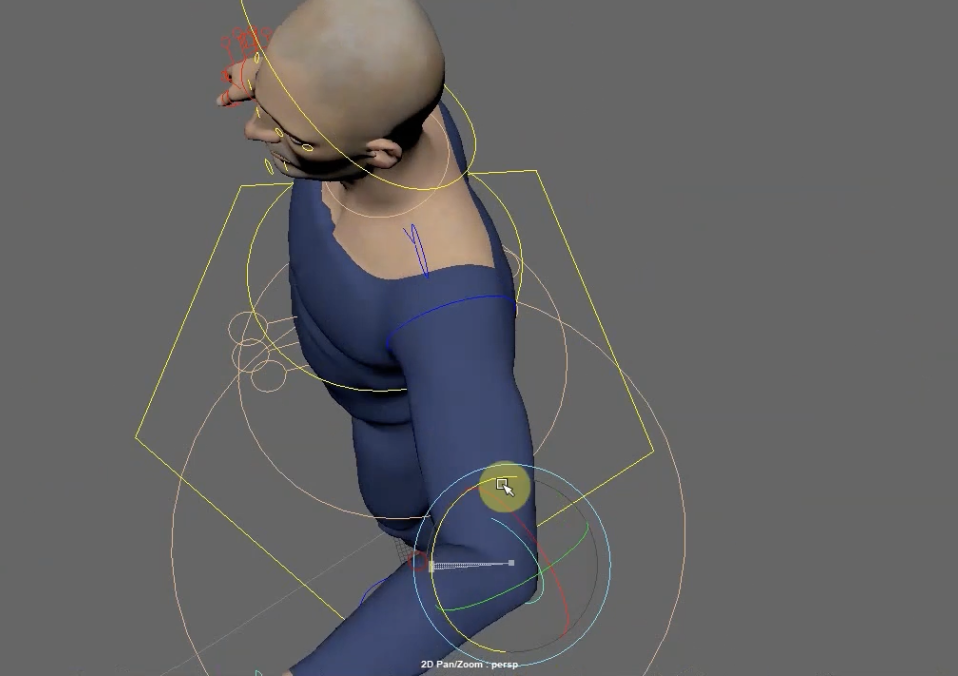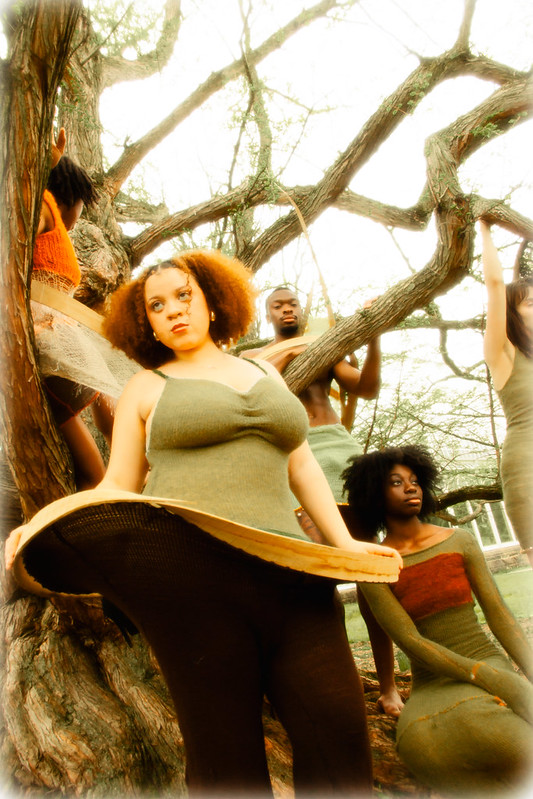Mosaic
(2016)As part of the Rembacher Chamber Music Competition, we will organize an “electronic happening,” exploring bridging multiple time periods of music and art (and bringing isolated people into one space and experience). The experience will be an immersive collage of phrases from composers of different eras and spoken word, combined by electronic looping and custom software by five musicians and audience participation.
We will be taking inspiration from the works of John Adams, Terry Riley, and Max Richter in generating the sonic texture of the experience. Various micro-phrases will be selected from diverse periods of music organized into an semiindeterminate graphical score by the composer Theodore Teichman to generate a 45 minute long program. These musical excerpts will approach our theme of isolation in togetherness by approaching the same musical ideas with different textures and thereby demonstrating how these textures and phrases mutate over the course of the experience. As interludes between the 6 musical parts, there will be poems to be read by members of the audience selected as people arrive to the show. As the last section of the performance the musical layering will build and break off into the layering of modified samples of people relating their personal experience related to the theme. We will collect these samples before the show with all audience members who are willing by using a specific image-memory association paradigm that is the standard of cognitive psychology and allows us to ensure that we obtain a scattered mosaic of vignettes that are not terraformed into a predetermined narrative structure. We will layer these into a ambiguous wall of speech-sound as a mirror to the earlier musical and spoken themes and in so doing turns the experience back on the audience for them to reflect on themselves.
The performers will be using their instruments to create live loops with diverse ensemble pairings that take advantage of the unique timbres of their instrument and the samples selected. These performers will be playing and looping live and dictating how they interact with their previous iterations and the other musicians during the course of the experience. The level of indeterminacy allowed in generating the musical textures draws from Terry Riley’s “In C” and allows musicians to form the music as the see fit in the moment and as the situtation inspires. By fusing the technology and the performer in this way, we are attempting to deconstruct the rigidity of dictated performance and embrace the humanity of a person interacting and reacting to their environment; through this process we strive to generate a musical environment that takes all these “cold”, “dead” excerpts creates a living sonic entity.
In fusing technology, live interpretation, and audience participation we hope to challenge conceptions of the structure of musical experience as dictated by Western classical tradition and create an engaging and reflective art object.
Our performance will push the boundaries of electroacoustic music, allowing just a few musicians to augment their presence to create a multichannel immersive sound for the audience. This virtual augmentation of a small ensemble enables infinitely more possibilities for expression of complex ideas and sounds using a small group of musicians. The piece relies on works by other composers from disparate time periods, using a compilational composition techinique which is rare, and has not (to my knowledge) been applied to works from varying time periods. Finally, the performance itself challenges traditional notions of audience behavior, since audience participation will be incorporated into/is a necessary part of the happening. Although the idea of a happening is decades old, presenting this work for members of Carnegie Mellon’s completely classically-focused music department will be a revolutionary concept for some people
This project was supported by microgrant#2016-016 from the Frank-Ratchye Fund for Art @ the Frontier.
